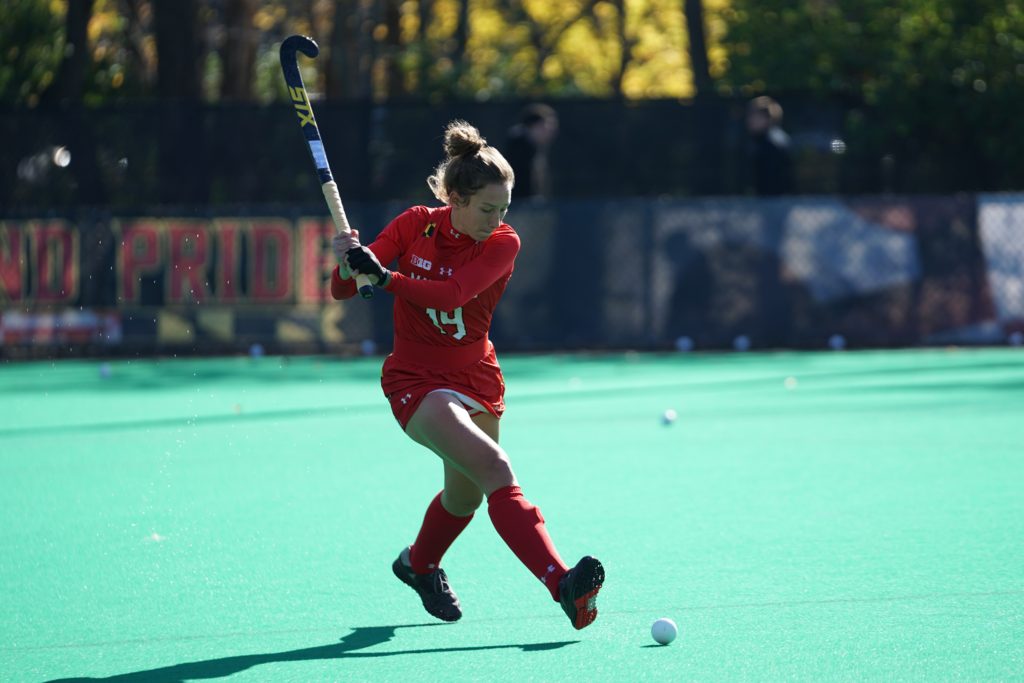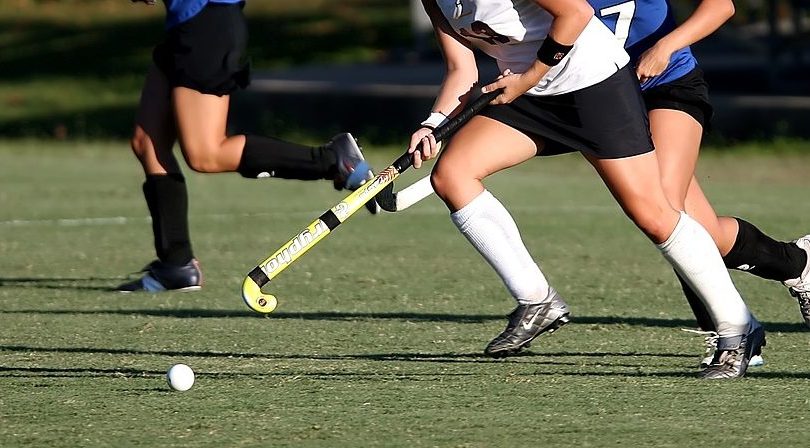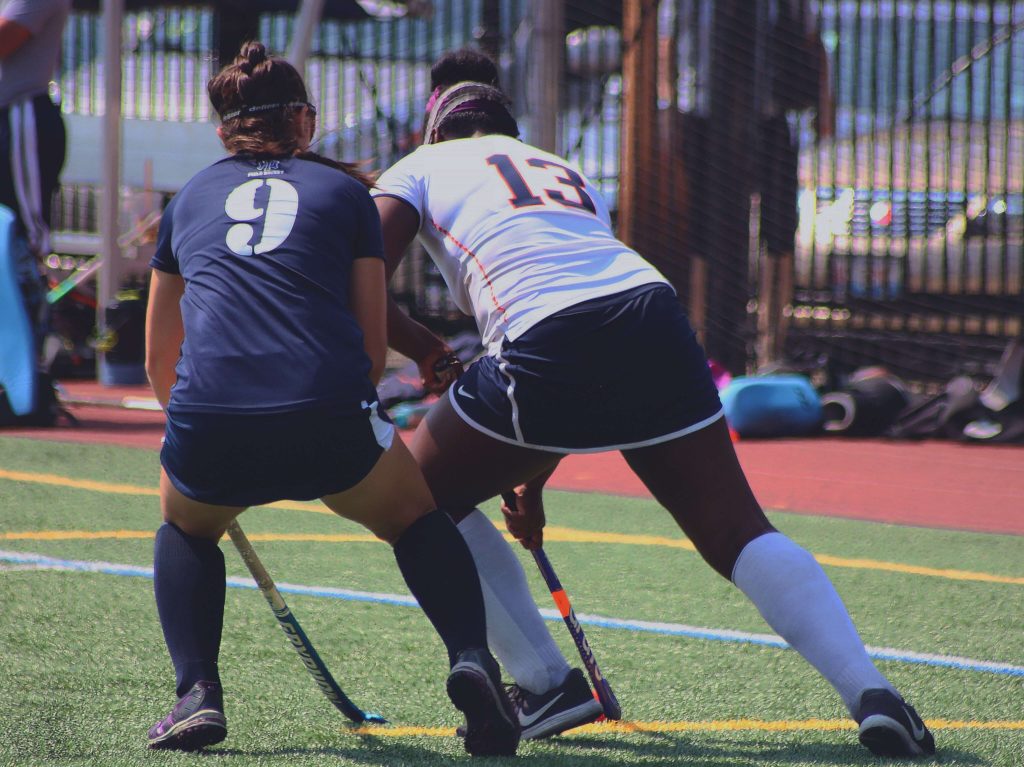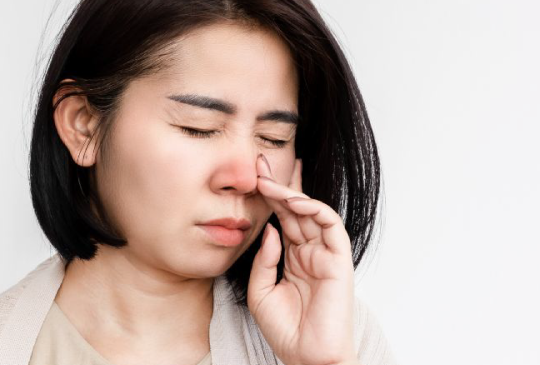It’s a non-contact sport… until it’s not.
Field hockey might not look like football or rugby, but don’t be fooled—this high-speed sport comes with its fair share of bruises, breaks, and bumps. Despite being technically “non-contact,” injuries are all too common, especially when a rock-hard plastic ball or stick meets an unprotected knee, hand, or face.
If you’re a coach, parent, or player, there’s one piece of gear you’re likely forgetting: a first aid kit. And when it’s game time, that’s the last thing you want to be without.
Let’s dive into the top injuries in field hockey, how to treat them effectively on the field, and what gear you actually need to stay safe.
⚡ Fast, Fierce—and Sometimes Painful
Field hockey is played with a small white ball that weighs 5.5–5.75 ounces (156–163 grams). That may not sound like much—until you consider that elite players hit that ball at speeds of up to 100 mph. Even youth games regularly see shots at 60–70 mph.
And here’s the kicker: most field players wear only shin guards and a mouthguard. No padded gloves. No helmets. Just grit.
Goalies, on the other hand? They’re decked out head to toe in armor—helmets, leg pads, chest protectors—which ironically makes them less prone to injury than field players.
👧 Who’s At Risk?
In the U.S. alone:
- ~60,000 girls play high school field hockey each year.
- 6,630 athletes compete at the college level.
- Only 2.5% of high school players make it to NCAA Division I.
That’s tens of thousands of young athletes sprinting, cutting, diving, and taking hard hits every fall—many without proper prep.
🚑 Top 10 Most Common Field Hockey Injuries
| # | Injury | Common Cause | Severity | Quick Treatment |
| 1 | Finger fractures | Ball or stick impact to hand | Moderate–Severe | Cold pack, splint, elevation |
| 2 | Ankle sprains | Quick pivots, uneven turf | Mild–Severe | Cold pack, compression wrap |
| 3 | Knee sprains / ACL tears | Sudden stops or cuts | Moderate–Severe | Cold pack, elevate, rest |
| 4 | Concussions | Ball or stick to head | Severe | Remove from play, monitor, see doctor |
| 5 | Facial bruises / cuts | Deflected ball or stick | Mild–Moderate | Ice pack, antiseptic wipe, gauze |
| 6 | Shin contusions | Stick impact | Mild | Ice pack, elevate |
| 7 | Muscle strains | Sprinting, overuse | Mild–Moderate | Cold (acute), heat (chronic), rest |
| 8 | Wrist sprains | Falling or bracing a fall | Mild–Moderate | Cold pack, compression wrap |
| 9 | Turf burns | Sliding on synthetic turf | Mild | Clean, triple antibiotic, bandage |
| 10 | Tooth injuries | Ball or stick to mouth | Moderate–Severe | Gauze, dental follow-up |
Most of these injuries stem not from aggressive opponents—but from impact with the ball or stick. That makes preparation, awareness, and sideline readiness non-negotiable.
🩹 Don’t Just Watch—Treat It Fast
Injuries can escalate quickly without proper care. That’s where a well-stocked sports first aid kit becomes more than helpful—it becomes essential.
✅ Treating On-Field Injuries With the Right Kit
You wouldn’t walk onto the field without a stick. Why would you go without a first aid kit?
Our Coach’s Sports First Aid Kit is built specifically for youth sports and includes:
- Cold packs for sprains and bruises
- Elastic wraps for joints and compression
- Antiseptic wipes and triple antibiotic ointments for turf burns and cuts
- Gauze & bandages for face, hand, or shin lacerations
- Tape & scissors for rapid support and dressing changes
- Sting relief wipes for outdoor practices
- Gloves for hygienic treatment
💬 “Having this kit on the sidelines made the difference between sitting out a week and playing the next day.”
– Youth Coach, Pennsylvania

🛡️ Preventing Field Hockey Injuries: What Works
You can’t stop every injury—but you can reduce the risk dramatically with a few smart habits:
Gear Up
- Check that shin guards fit snugly
- Consider padded gloves for midfielders and defenders
- Mouthguards are non-negotiable
- Eye protection is recommended for youth leagues
Warm Up and Stretch
- Focus on hamstrings, quads, and hip flexors
- Include dynamic stretches (lunges, leg swings) before play
Cross-Train and Strengthen
- Balance your training with knee and core strengthening exercises
- Practice spatial awareness drills to minimize accidental collisions
Always Have a First Aid Kit On Hand
- Assign someone to manage and check your kit regularly
- Replace used or expired items each season
📣 Final Whistle: Play Smart, Be Prepared
Field hockey is fast, strategic, and exhilarating. But between sprints, dives, and powerful shots, accidents will happen.
Your best defense isn’t just the right stick or the right stance—it’s being prepared when things go wrong. Having a powerful, purpose-built first aid kit on the sideline isn’t a luxury. It’s a necessity.
👟 So play hard. Play smart. And make sure your kit is just as ready as your team.




